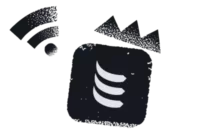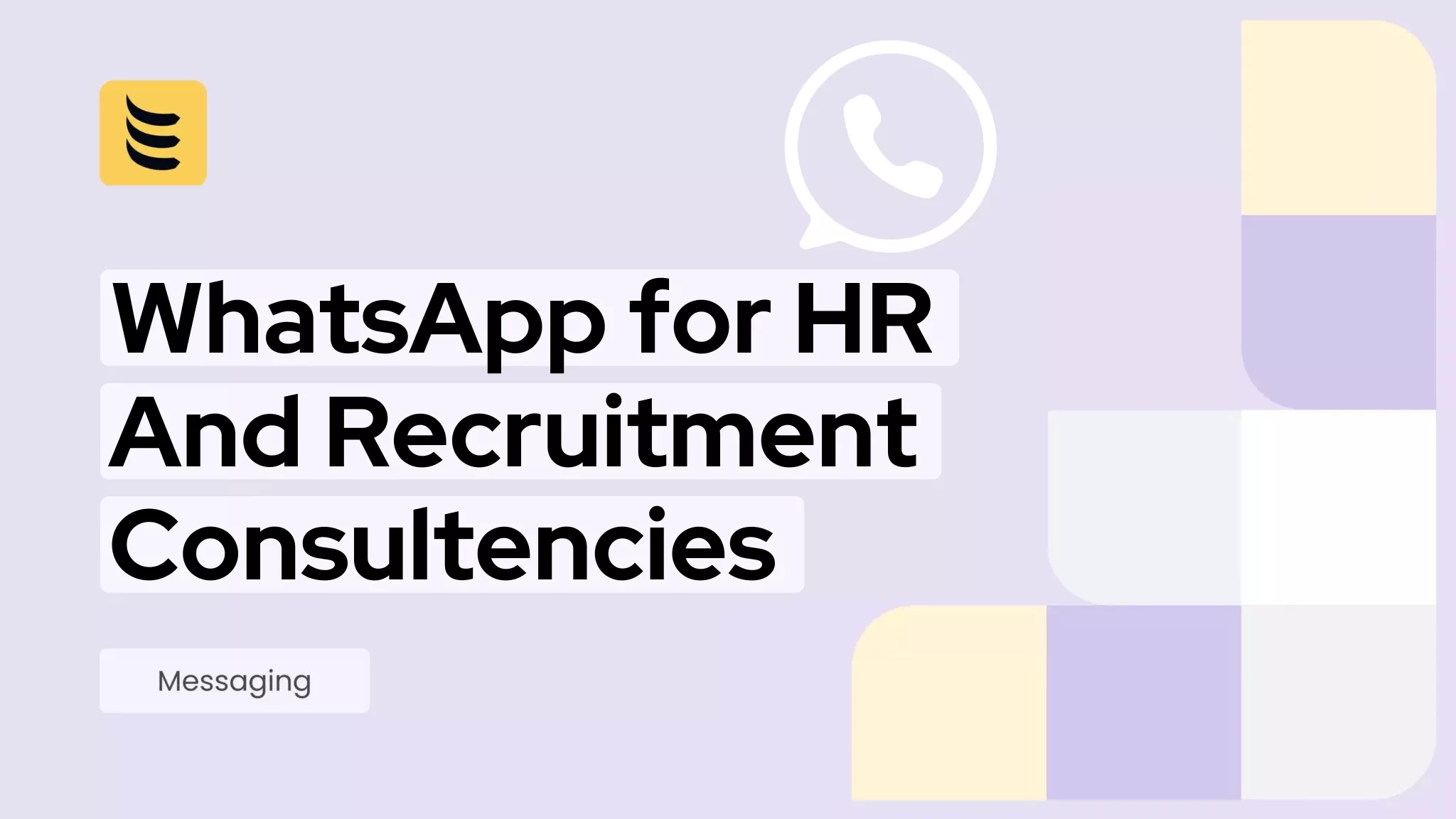Choosing a provider for Direct Inward Dialling (DID) is an important decision for any business. For an Internet Telephony Service Provider (ITSP), it is absolutely critical. The DID provider is fundamental to the business and can literally make the difference between profit and loss.
Although cost is clearly a key factor, VoIP DID provision is a commodity; providers differentiate themselves on many factors. Here we take a look at some of the things to look for when choosing a VoIP DID provider.
Footprint
A global provider such as IDT Express will support multiple rate centres, not only in the UK but also for international coverage. In addition to providing DIDs, they need to include features such as T38 for fax data and Caller ID Name (CNAM)
Real-time provisioning
Projects need to ramp up quickly and new staff need to be able to communicate from day one. The provider must support the ordering and provisioning of DIDs in real-time.

999 calls
The provider must allow 999 calls over their network; this has been an Ofcom requirement for some years now. Where the VoIP service is mainly in use at a fixed location, the Caller Location Information should also be included. The provider should allow registration of on-net and off-net DIDs and may have additional features such as an alert via email or SMS when a 999 call has been dialled.
Transparency with re-selling and carriers
In order to provide the widest possible coverage, providers partner with other providers and carriers worldwide. The arrangements can become complex, making it hard to understand exactly which carriers are involved. The provider should be transparent about who they are partnering with and for which regions.
Backup
For an ITSP, engaging with a client with their own switch is feasible, but requires clear contractual terms. If the client’s switch breaks down, it needs to be clear who is responsible and what the backup arrangements are. The provider can help by offering a backup or forwarding service for the DIDs. Calls can then be re-routed to the client’s mobile phones or answering service.
Reporting
Running a profitable business requires detailed reporting of all costs so that profit and margins can be calculated. Strategically too, reporting can highlight areas where the business can gain competitive advantage. The DID provider has all the information available regarding usage; it’s essential that they can deliver this information in a form that the business can use.

Administration
For an ITSP, keeping tabs on DIDs and end-points can be frustrating and time-consuming. It’s a moving target and requires diligent staff, good communication between account managers and purchasers, and an effective online database. The provider has all the information available and some providers offer a portal or administrative tool to organise and manage it. This may also include the client’s usage data in the form of a Call Detail Record (CDR).
Porting numbers
Telephone subscribers must be allowed to port their numbers. This is defined in the Universal Services Directive of the European Union. For a business, it’s imperative that when changing supplier, existing numbers are retained. Those numbers are fixed in the documentation, on the Internet and in customers’ lists of contacts.
In the UK, Ofcom has set out the rules for providers when a subscriber wishes to port their numbers. It’s essential that a DID provider is able to not only follow the rules but to exceed expectations. The porting process should be as automated as possible, with electronic signatures and dedicated staff. The provider should see porting numbers as a priority and should be able to quote their typical and maximum porting times.
Support
An ITSP will have a contractual agreement with the client regarding the service level. In turn, the provider needs to reflect this in their SLA. They need to deliver support at the time that the client needs it, preferably 24×7 but at least throughout the client’s working day. The provider should have stats on how long it takes to resolve a technical issue and there must be an agreed escalation process for issues that have not been resolved quickly.
The provider may outsource their support to a low-cost centre. If this is the case, the SLA must be clear on the escalation route. It is pointless having a 24×7 front-end helpdesk if the second level or management are not at work during the client’s working day.
Additional features
Providers differentiate themselves with additional features. They gain a competitive advantage by offering their own unique solutions. This may be a simple solution for billing clients, stronger security, conference calls or traffic analysis.
Choose wisely
For an ITSP, choosing a DID provider solely on cost would be a serious mistake. It’s essential to take a hard look at all the factors and make an informed choice.




